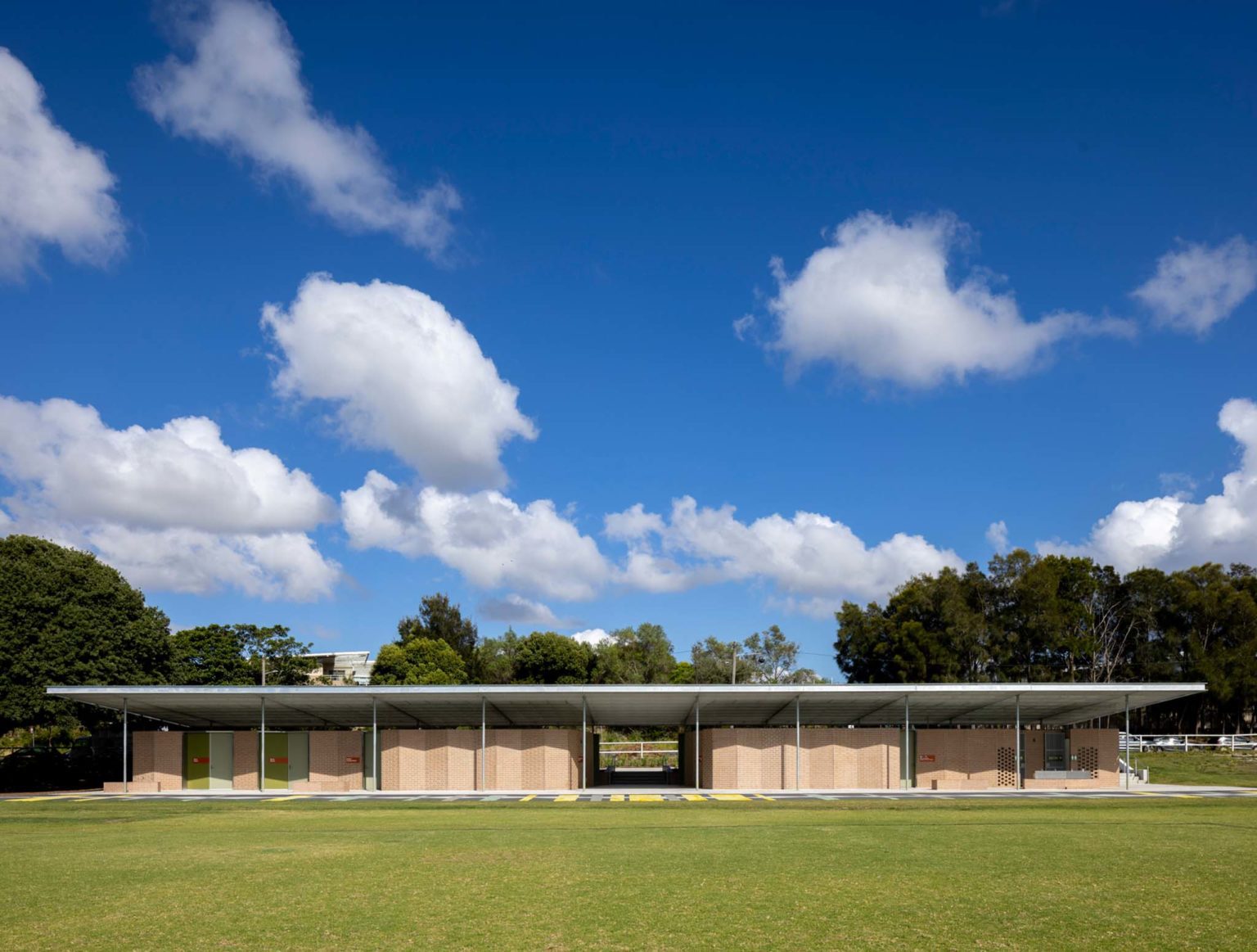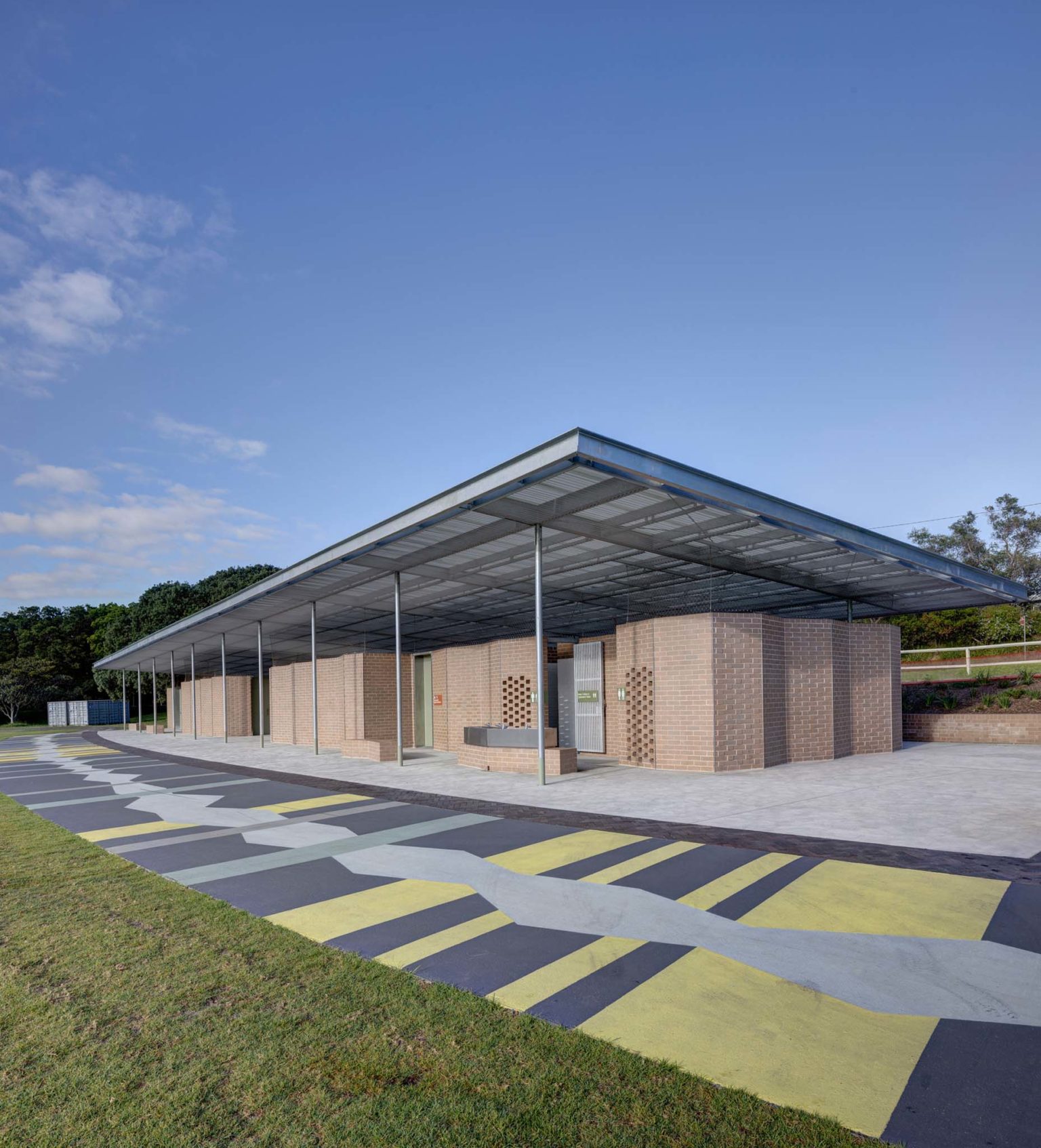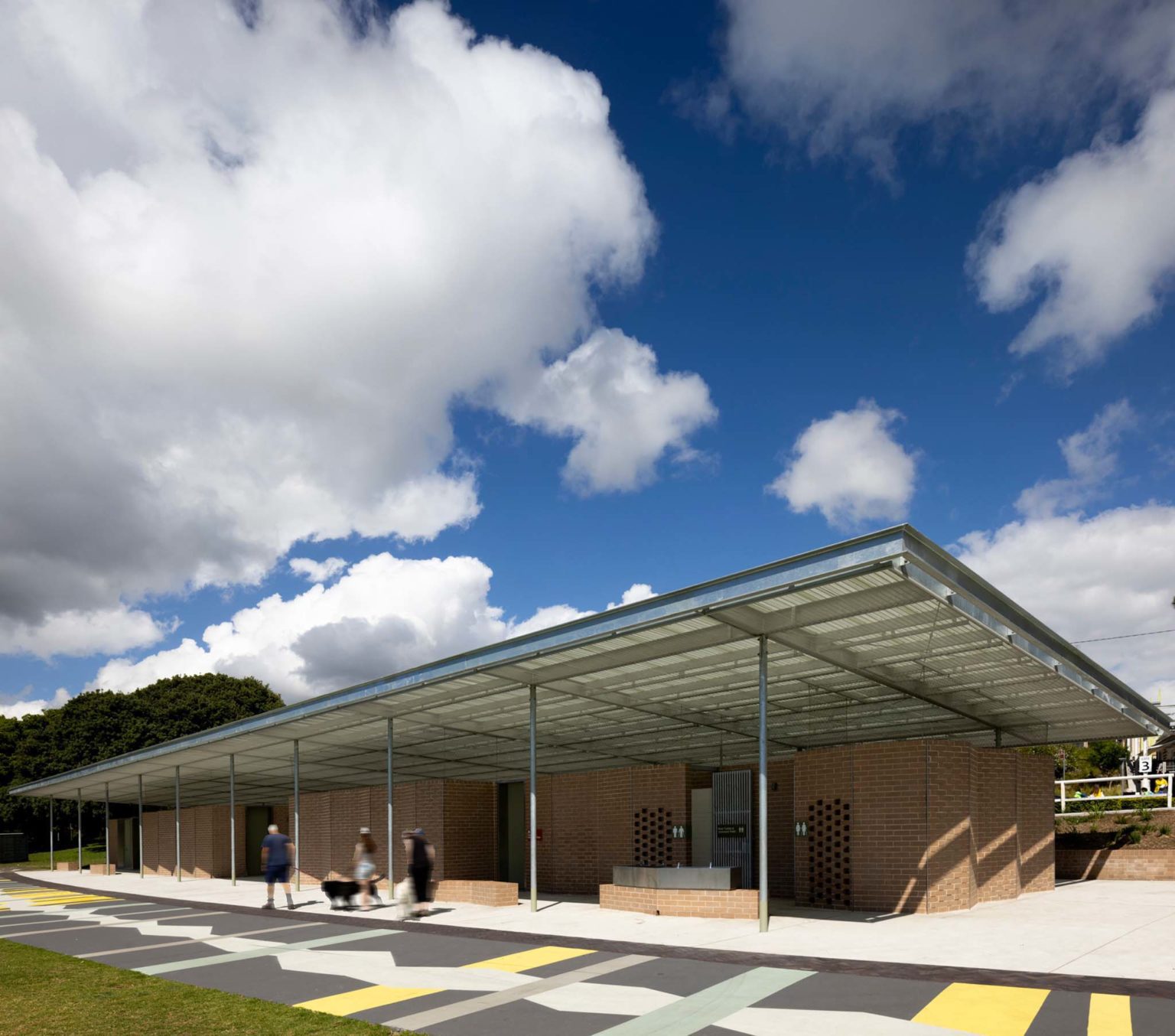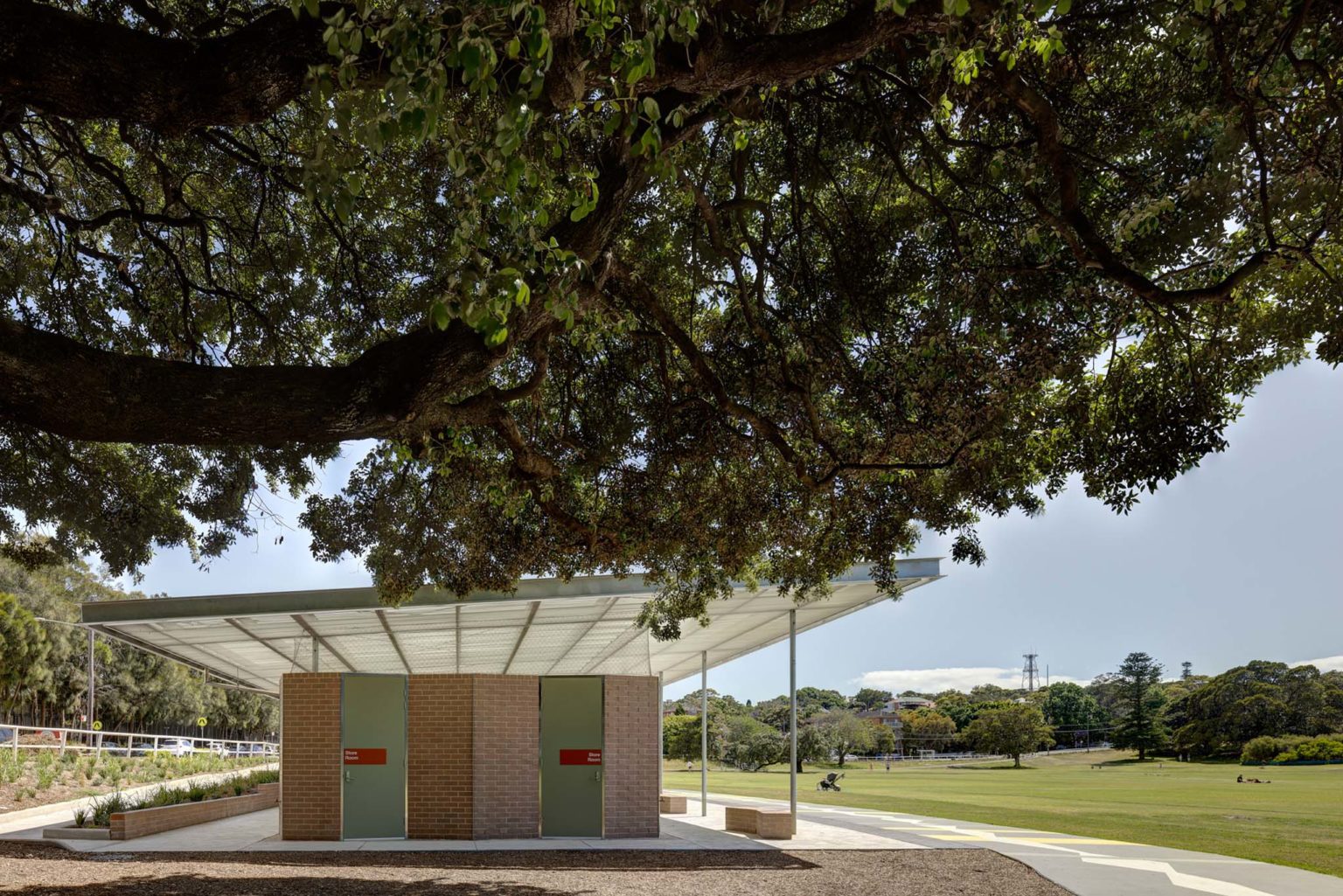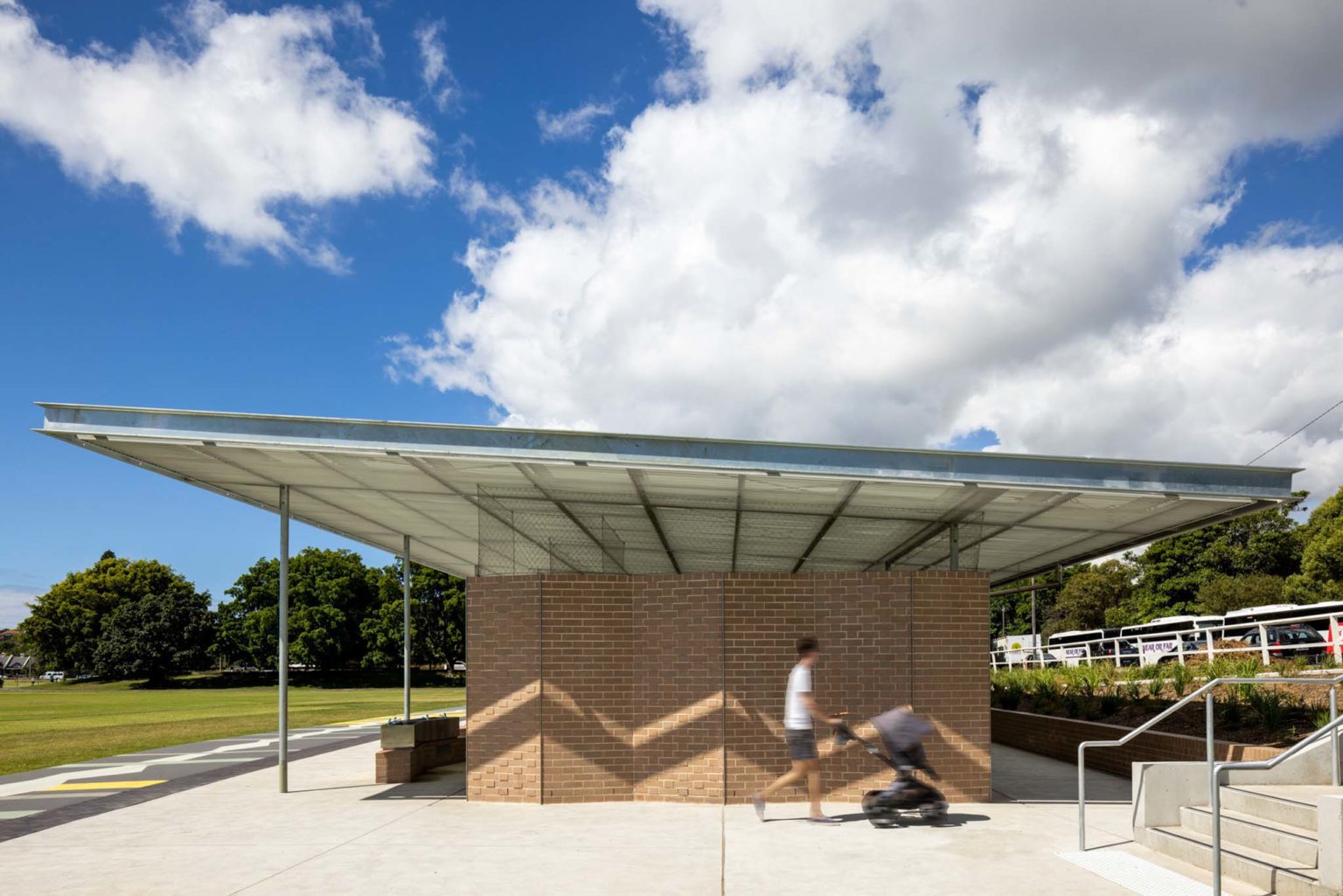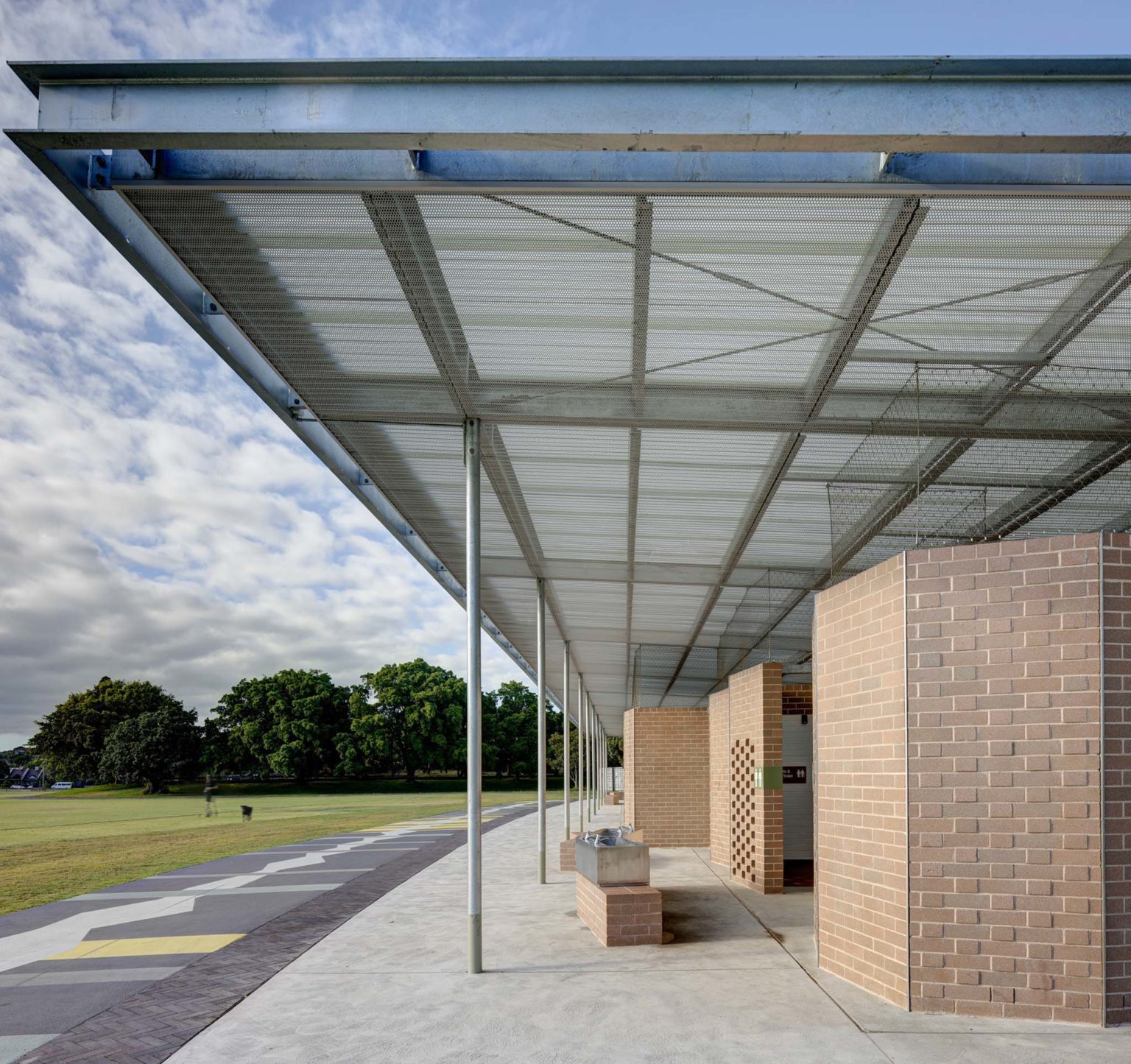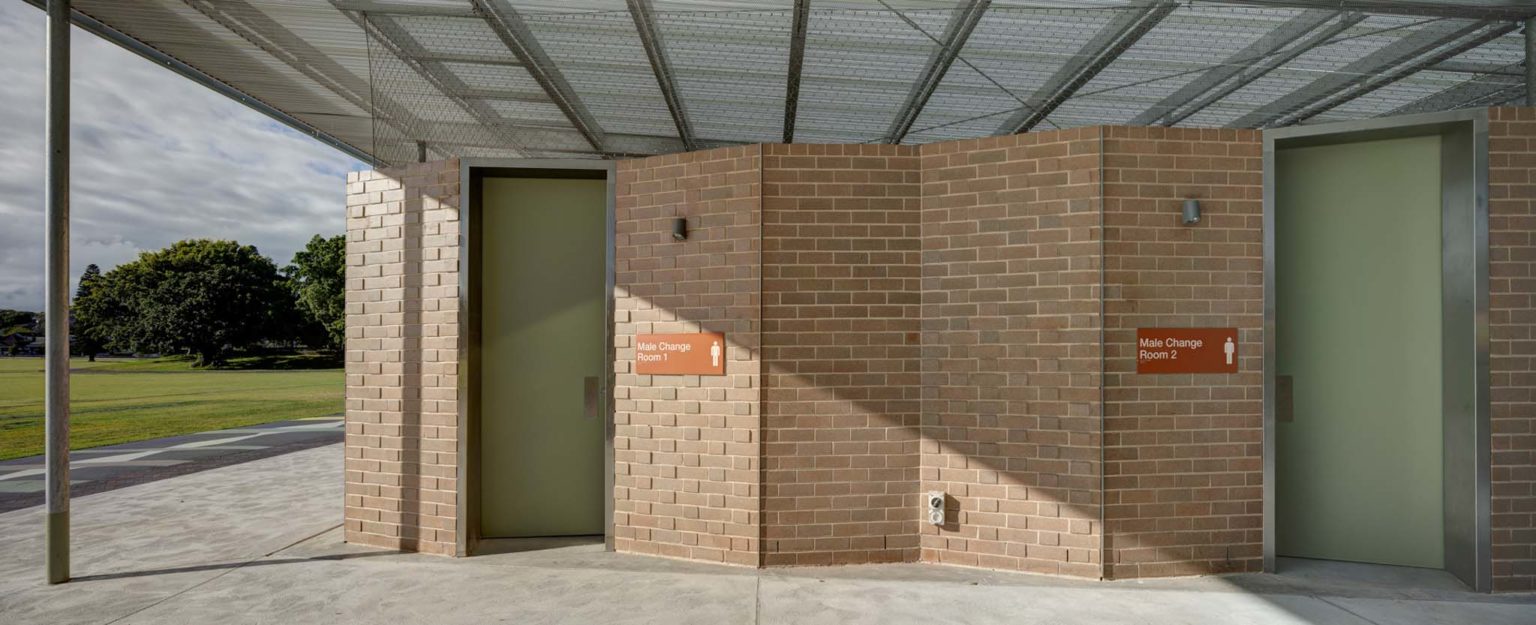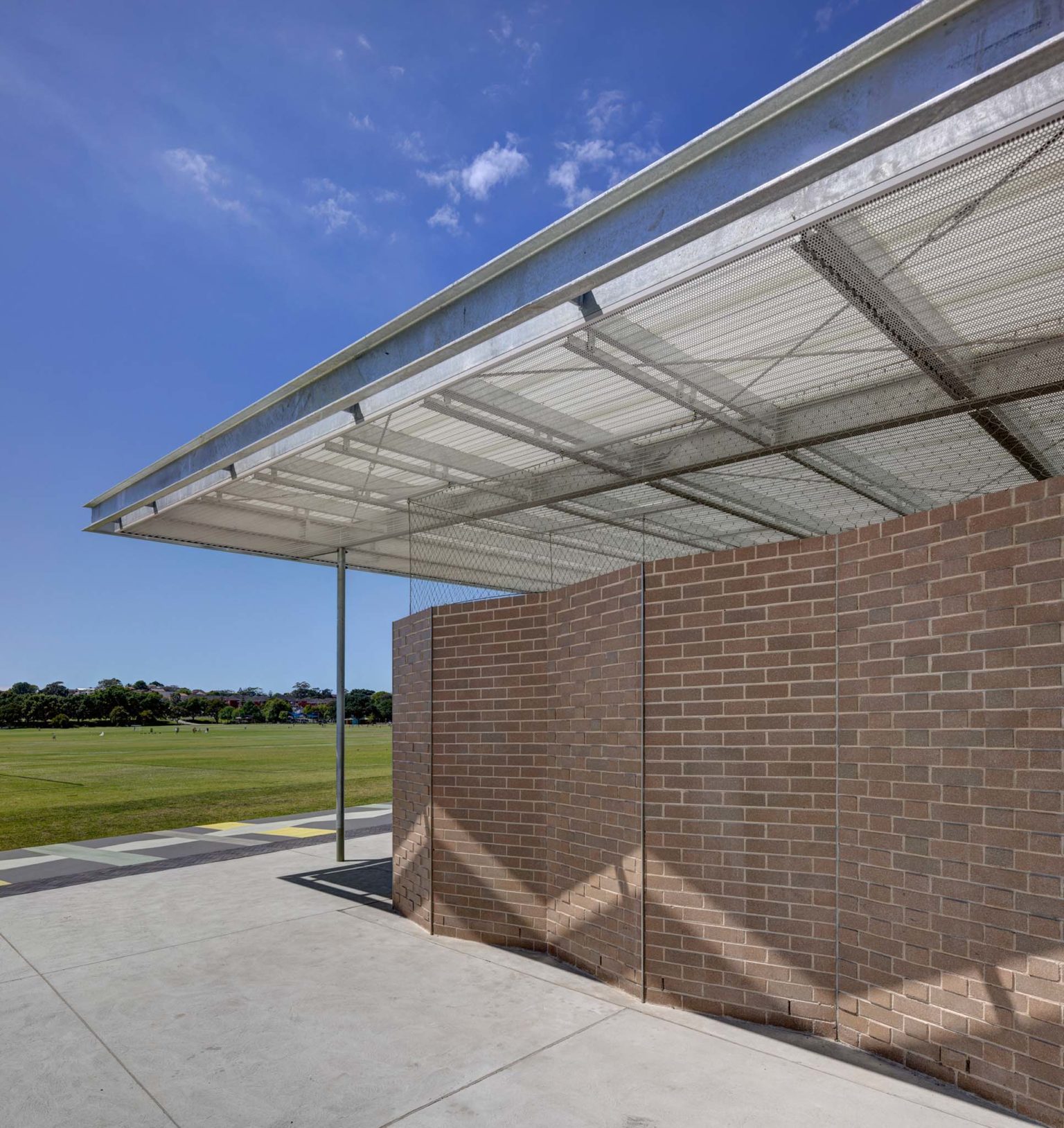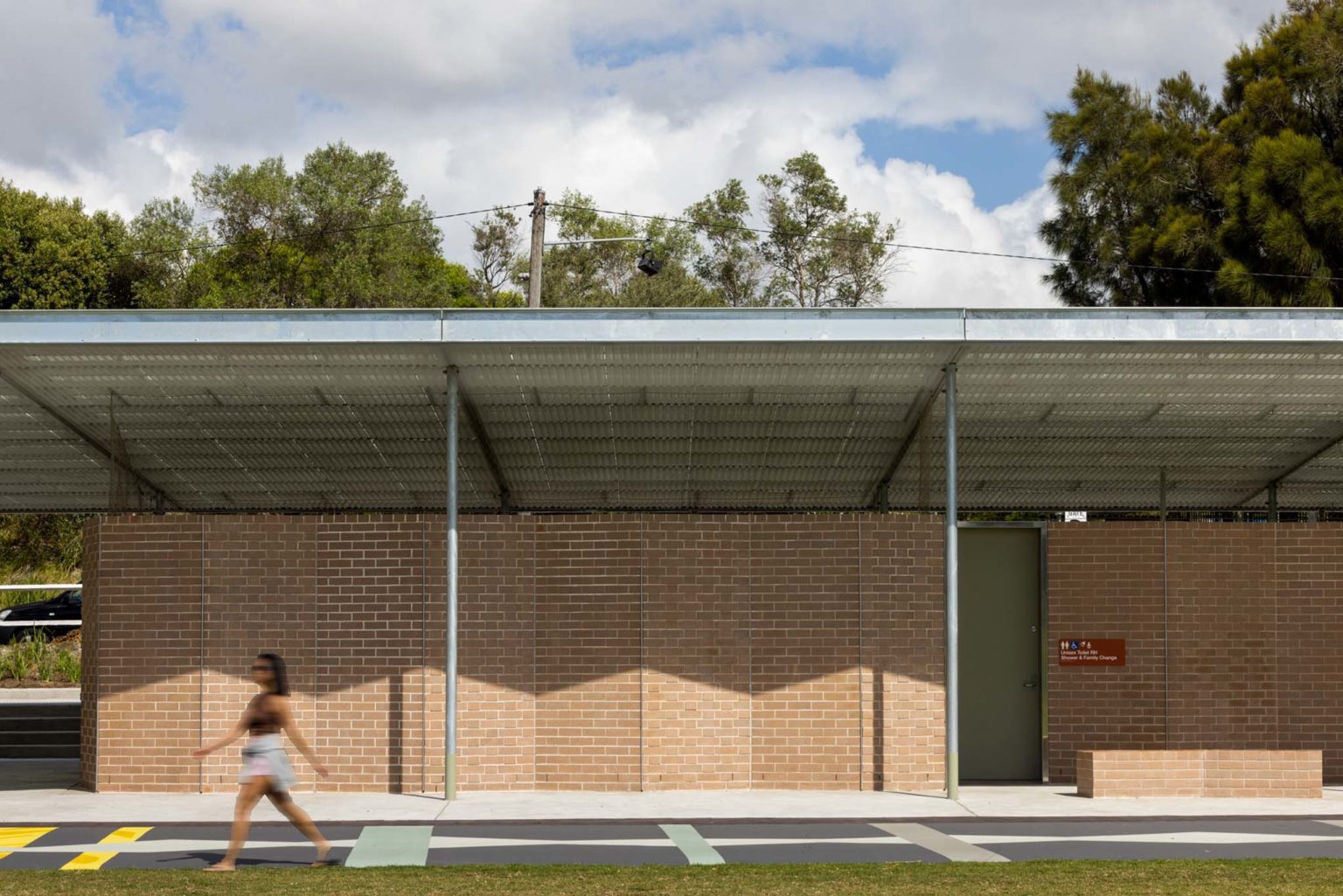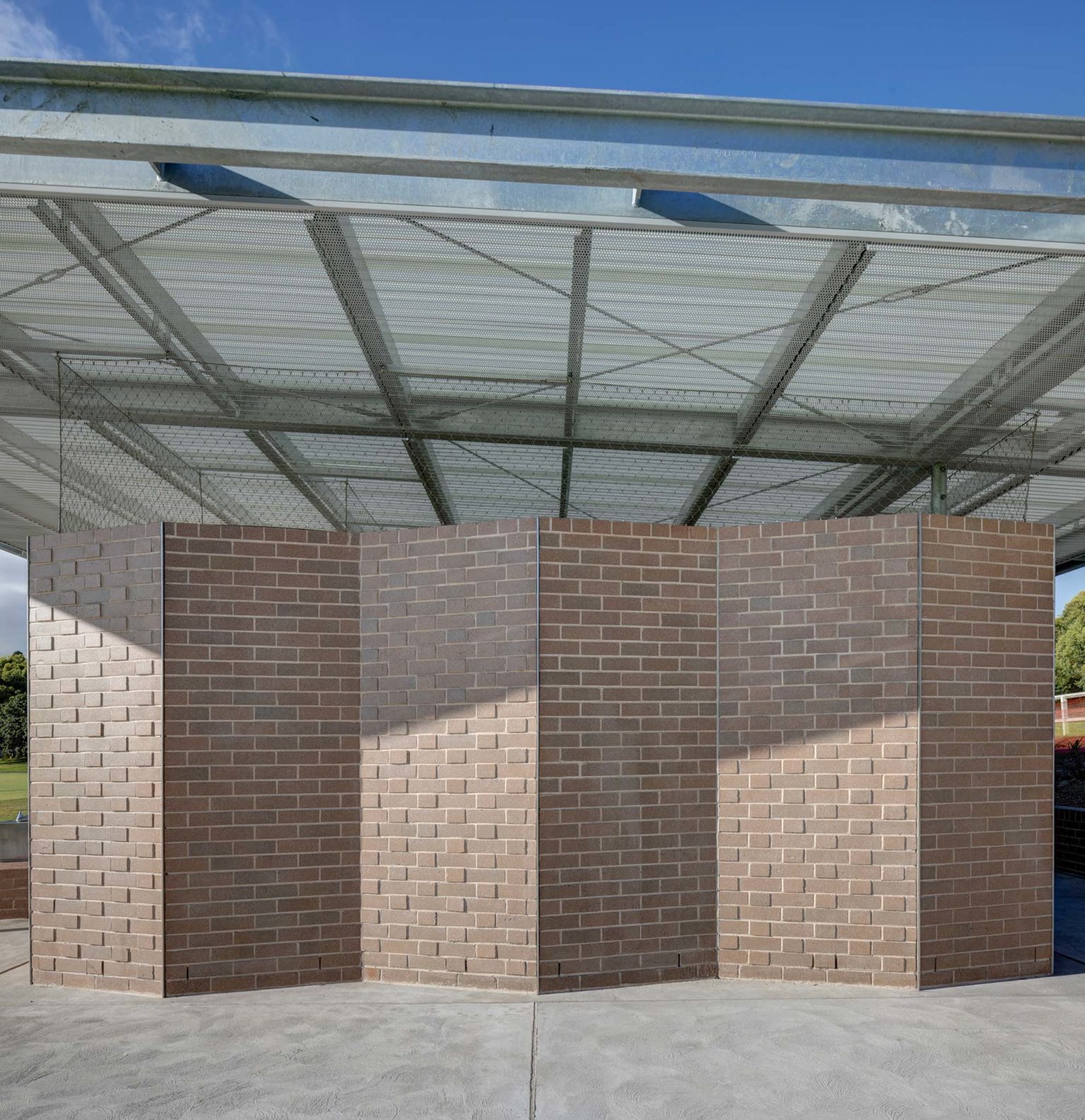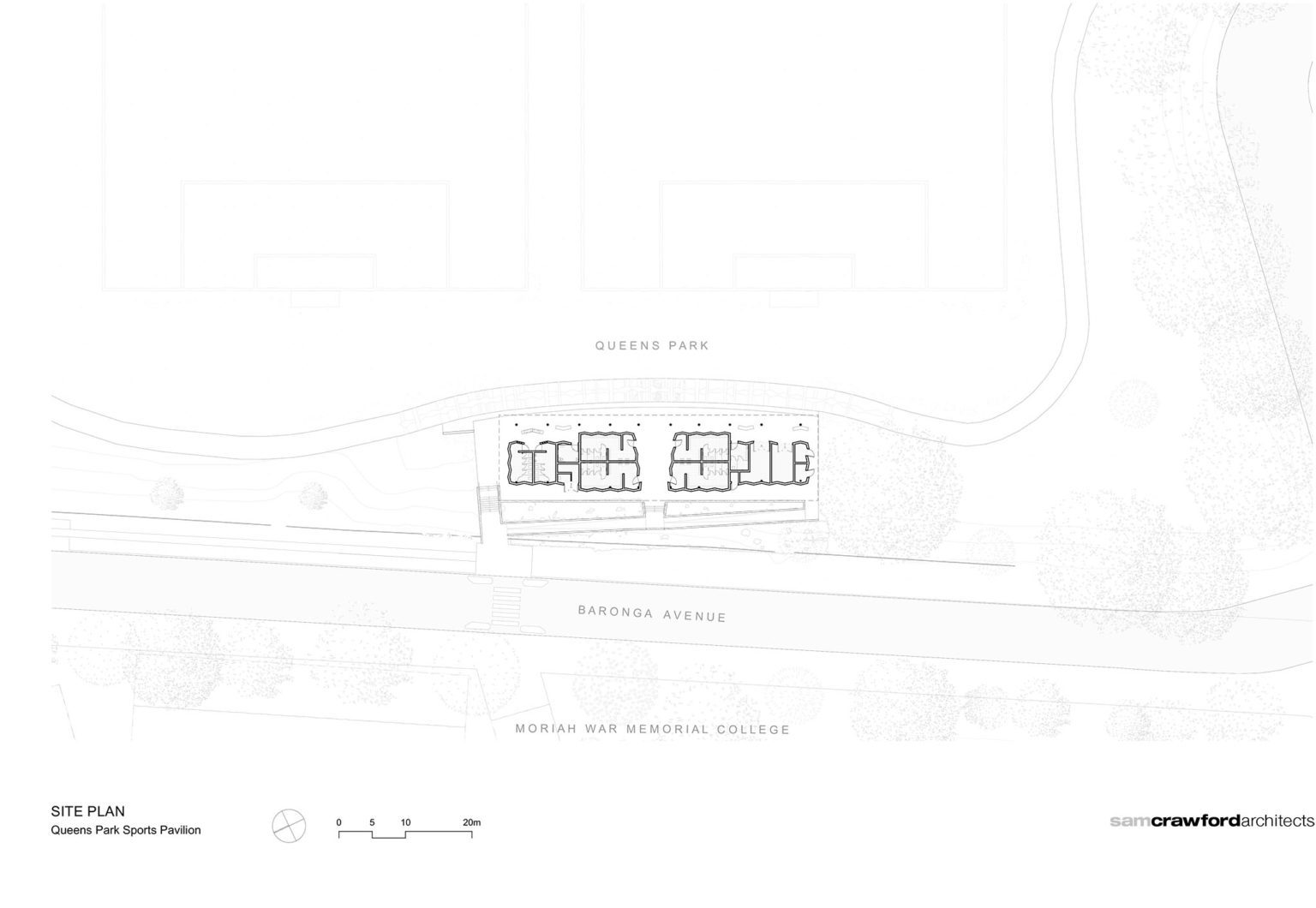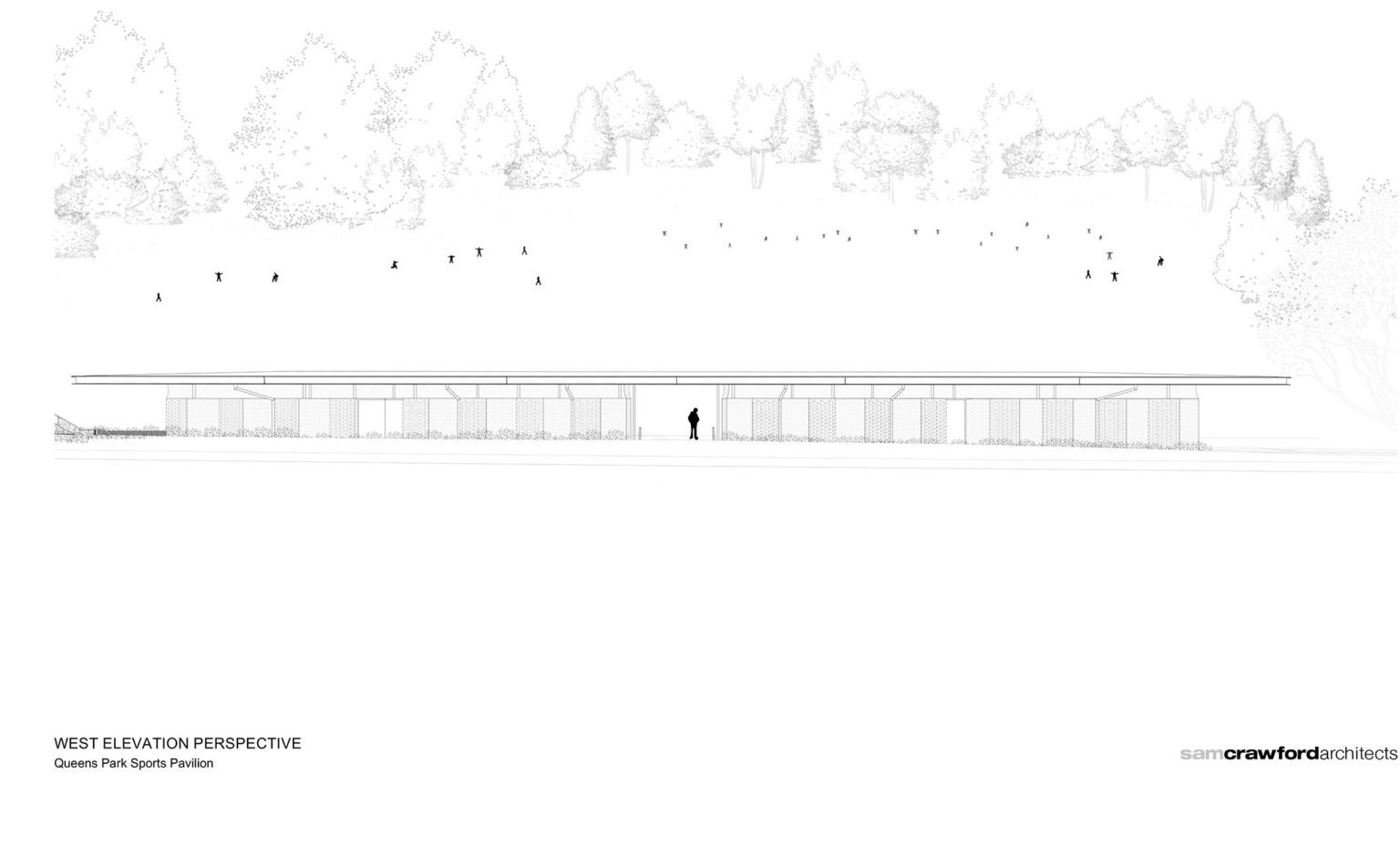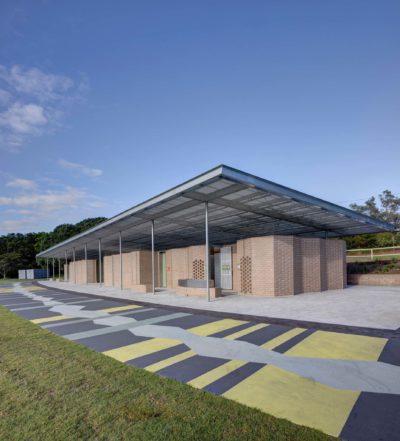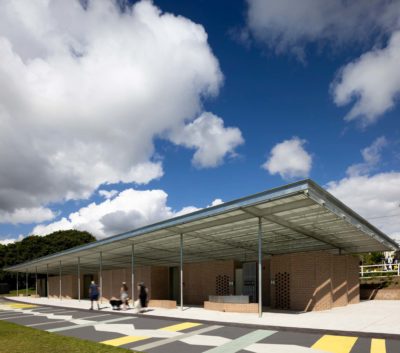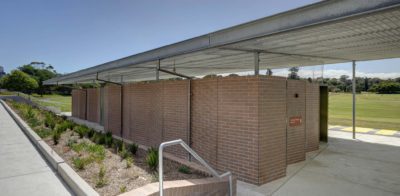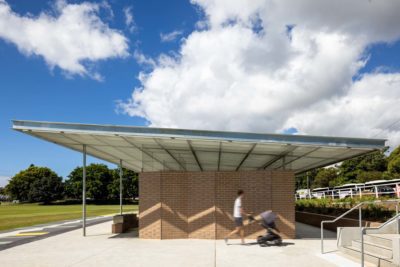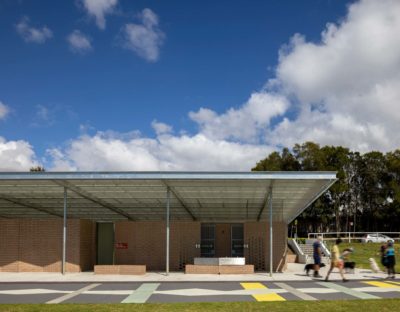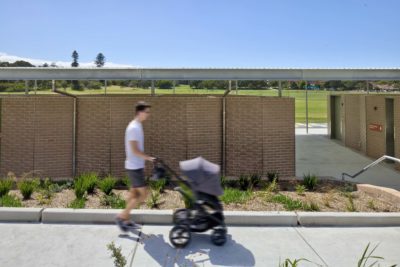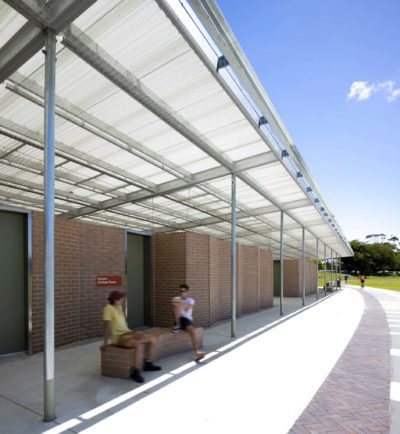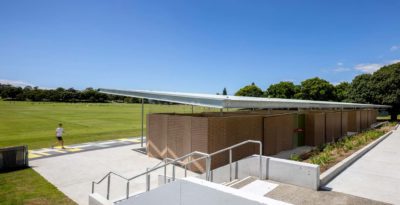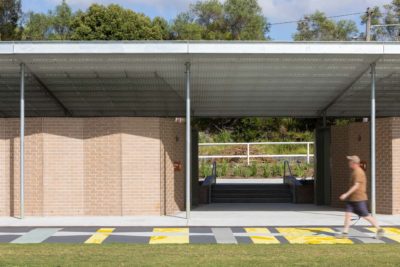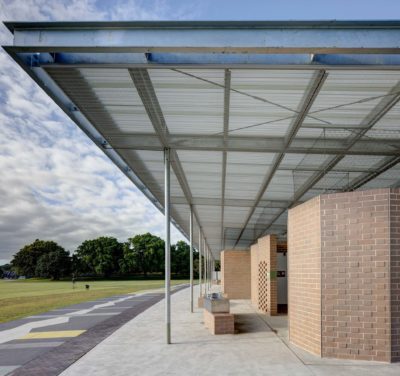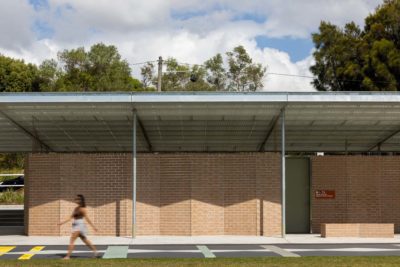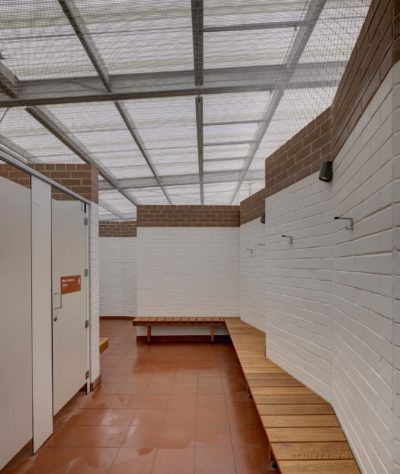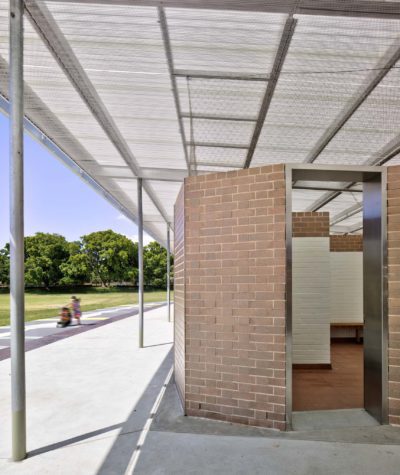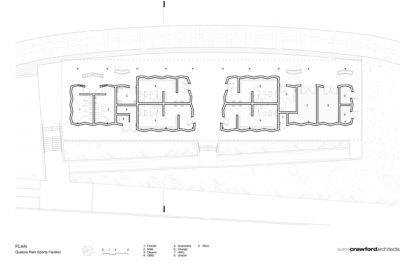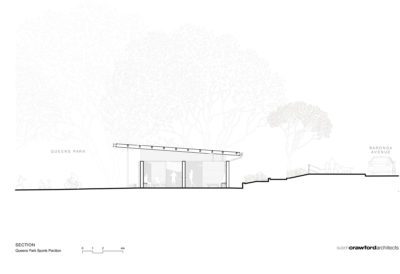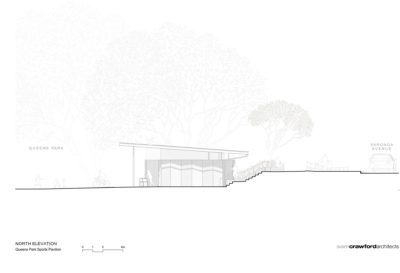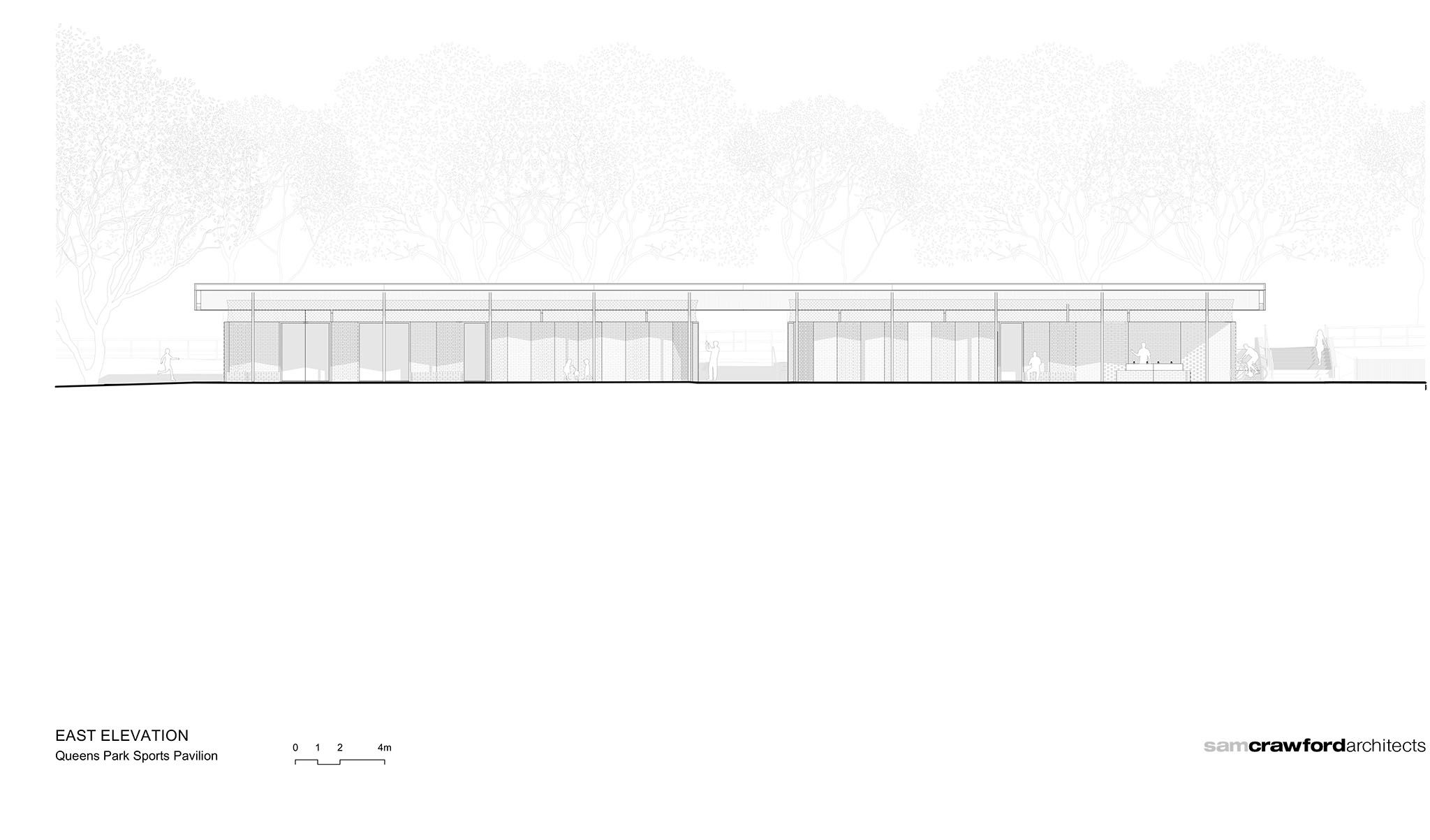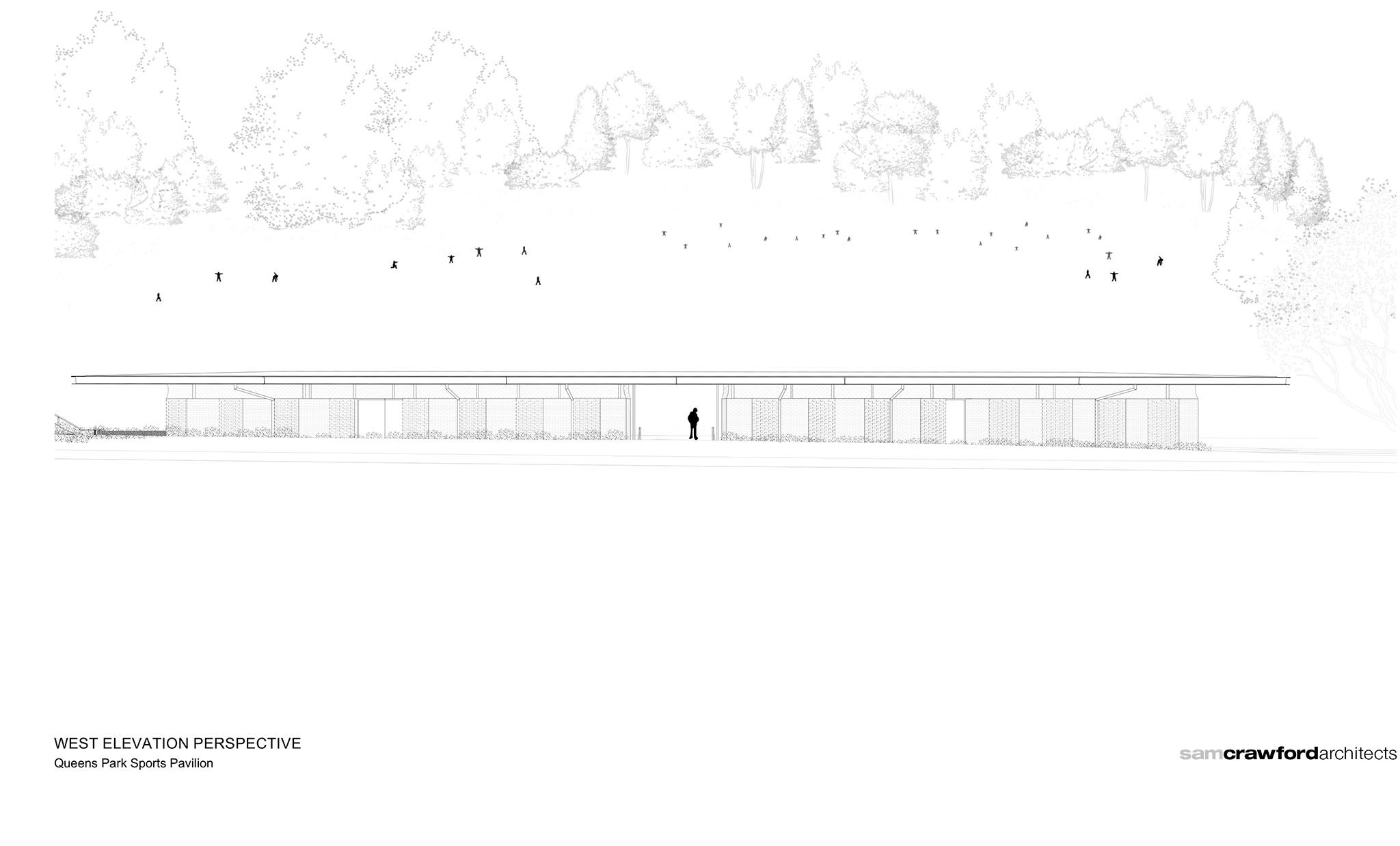Project Credits & Specs:
- Architects: Sam Crawford Architects
- Photographs: Brett Boardman
- Location: Queens Park, Sydney, Australia
- Year: 2022
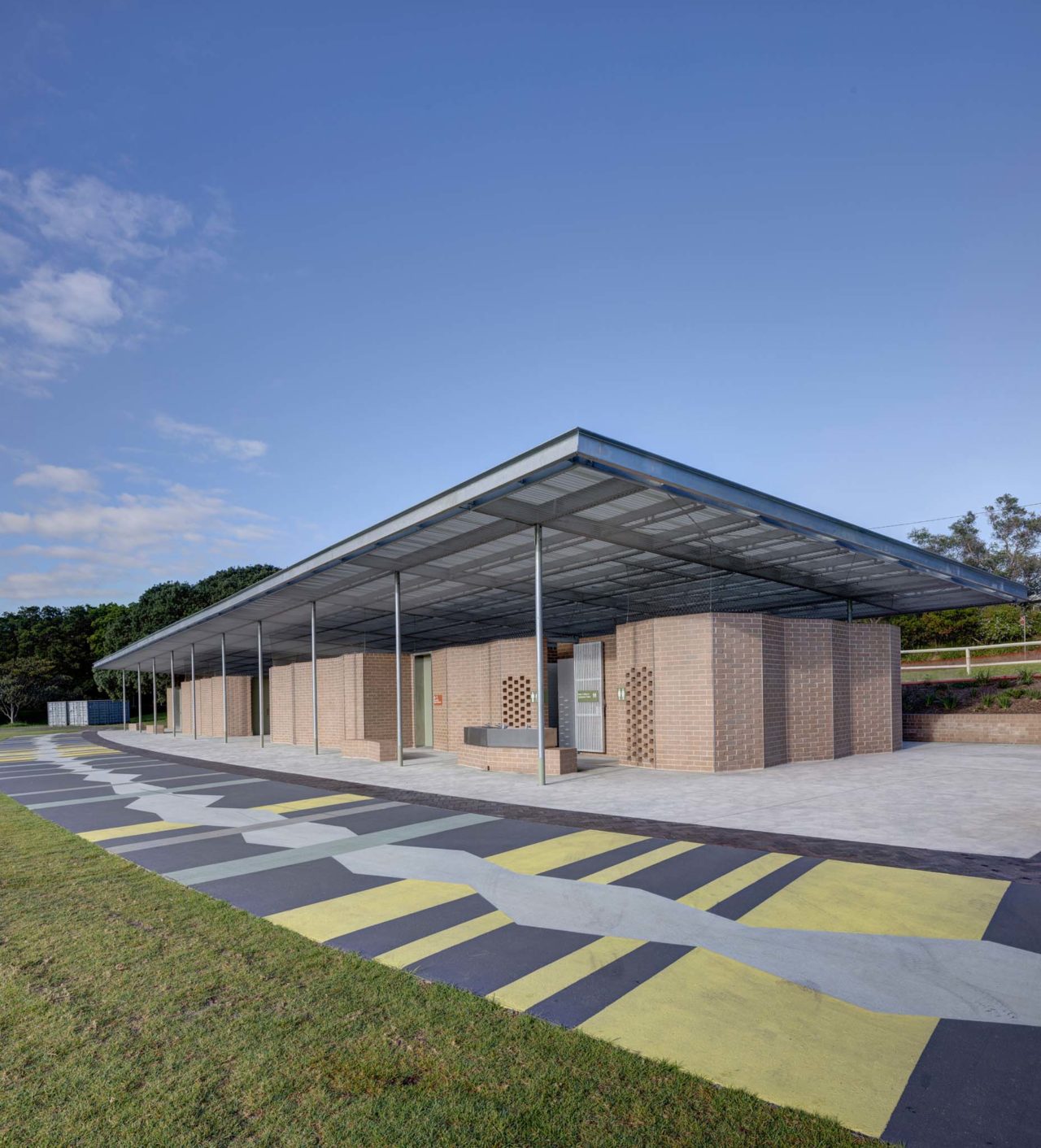
Project Description:
The zigzagging walls of a new sports pavilion in Queens Park in Sydney’s eastern suburbs are inspired by the serrated leaf of the Banksia Serrata. A remnant of the once widespread Eastern Suburbs Banksia Scrub can be found near the site.
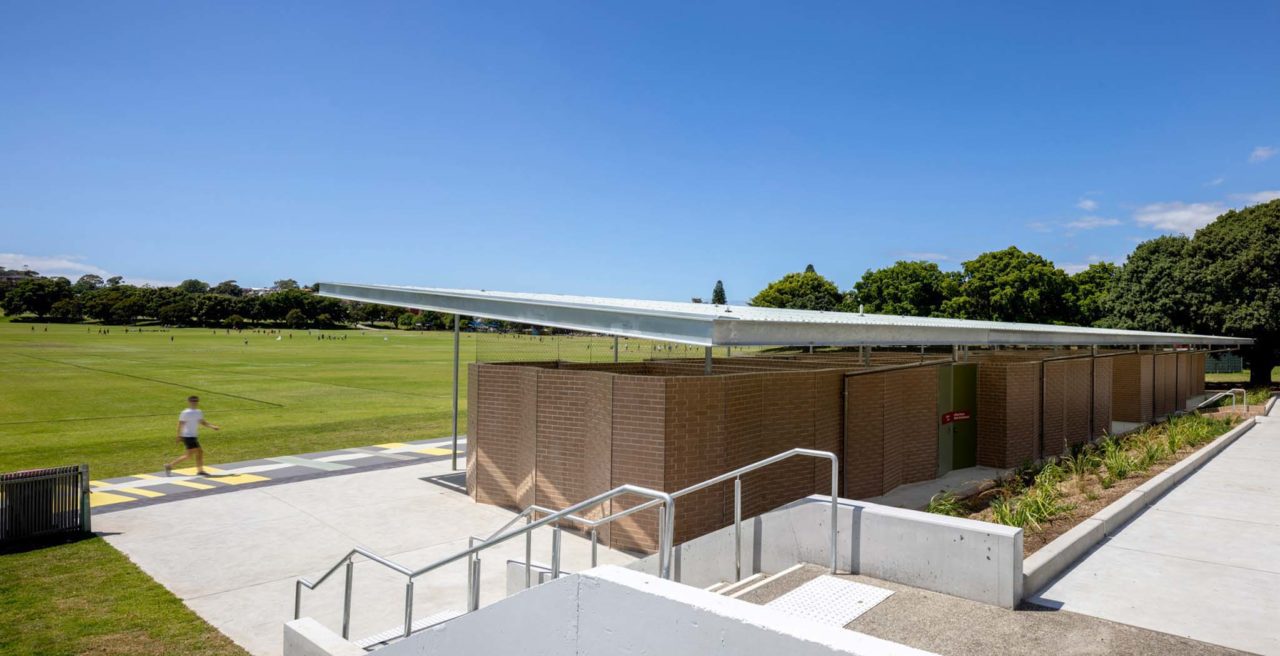

“Public and sporting communities now have a functional, safe, accessible, and light-filled facility,” said Sam Crawford, director of Sam Crawford Architects. “There are dedicated men’s, women’s and accessible bathrooms and change rooms, umpire facilities, and storage spaces.”
“We referenced the banksia leaves with zigzagging (or serrated) brick walls to provide a connection
to the historical and ongoing ecology of Queens Park. One of two remnant and rehabilitation
areas of the once widespread Eastern Suburbs Banksia Scrub is opposite the pavilion. The park’s
native vegetation was largely cleared by 1930.”

“We pinched the building at both ends to reduce the sense of overall mass and add depth to the facade. These pinched setbacks also create a separate sheltered area for spectators and members of the public at each end, something that was missing in the previous outdated amenities block.”


“We designed a central covered area in the middle to provide a sheltered meeting/sign-in space for sports teams. It also breaks down the building’s mass and facilitates an accessible, connected walkway from the street to the sports fields. Connecting the two frontages also allows views through the building from the street to the parklands. A raised floating skillion roof is cantilevered upwards towards the fields and also allows cross views of the park from the street.”

Commissioned by Greater Sydney Parklands, the new facilities feature robust materials and a durable design. Translucent fiberglass and perforated wire mesh over a steel frame forms the roof, providing natural light and ventilation to the changing rooms and amenities. An alternating brick pattern of stretcher bond and extruded Flemish bond adds texture and interest, whilst hit-and-miss brickwork allows connection and natural ventilation. The building features eco-concrete, timed LED lights, and recycled blackbutt timber benches. At one end are public amenities accessed directly via the pedestrian crossing, and at the other end, sports storage.
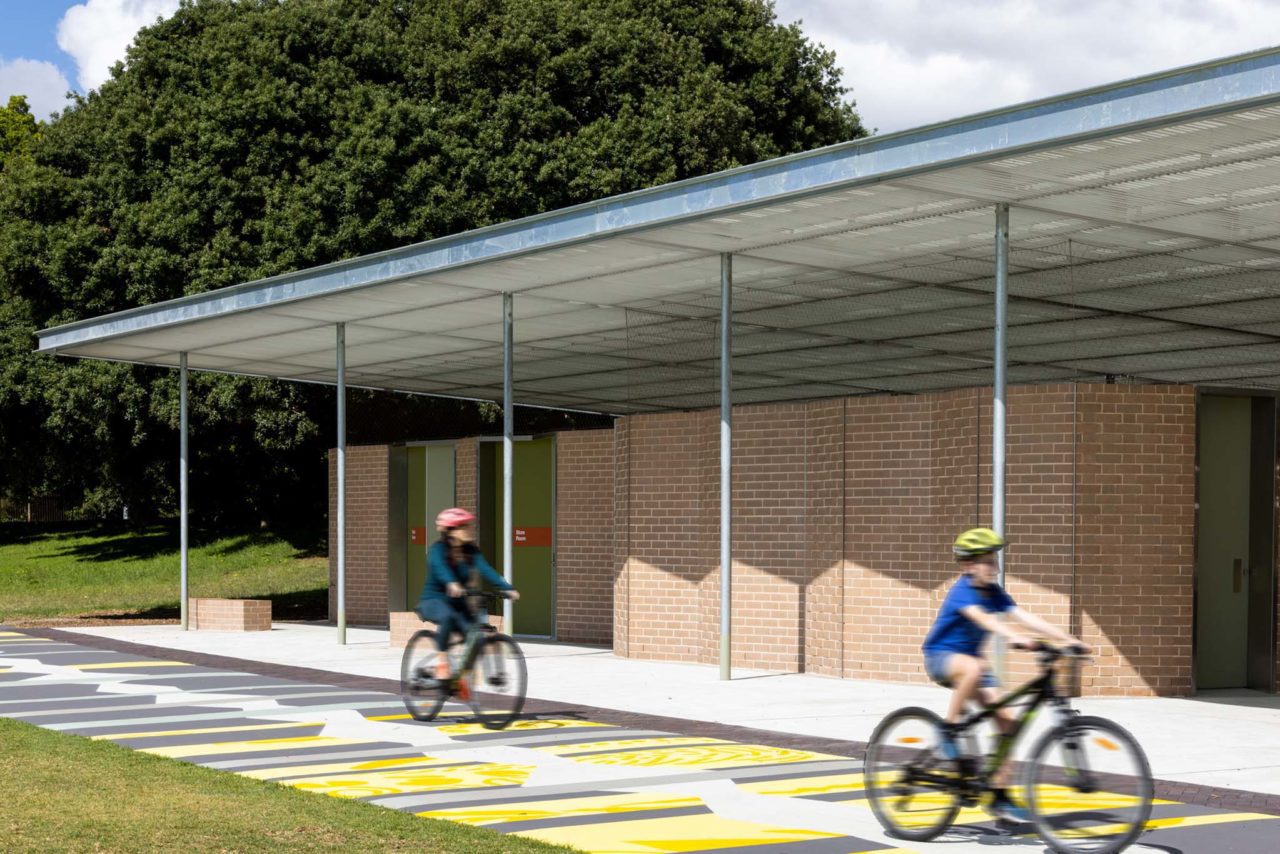
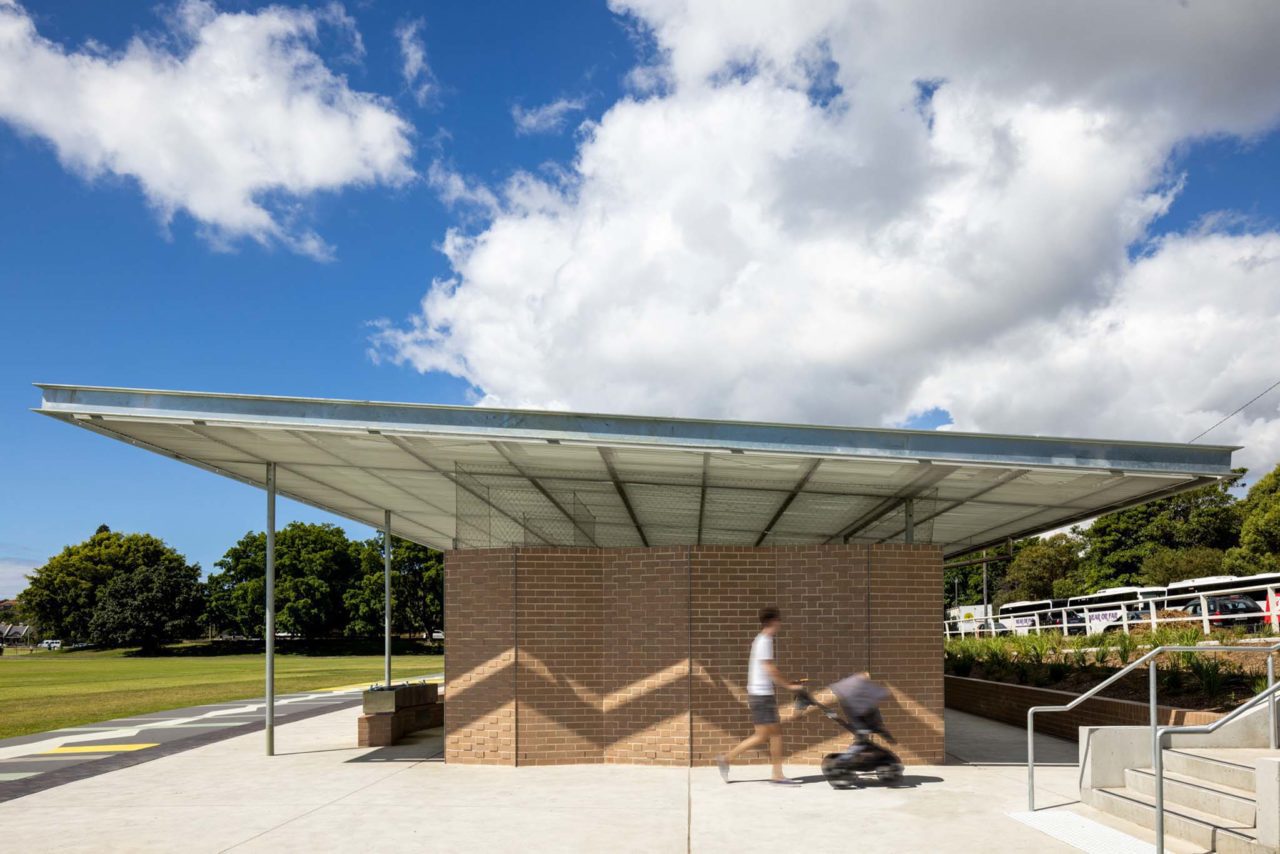
“We needed to manage the flow of cyclists and walkers with sportspeople and spectators on the shared pathway between the building and sporting fields. So we created a 70-meter long artwork on the pavement that references the colors and form of the banksia, and draws attention to the pedestrian zone.”
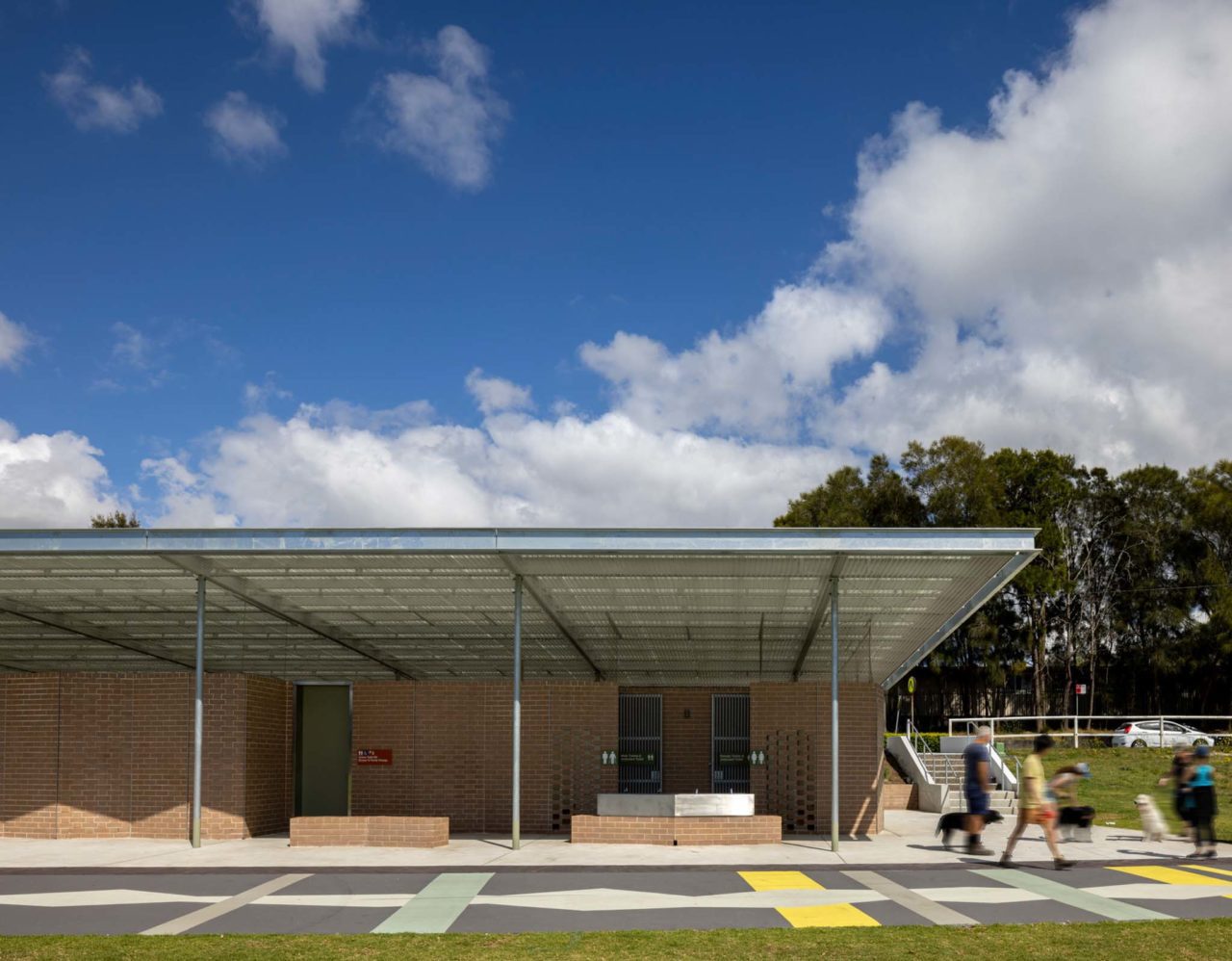
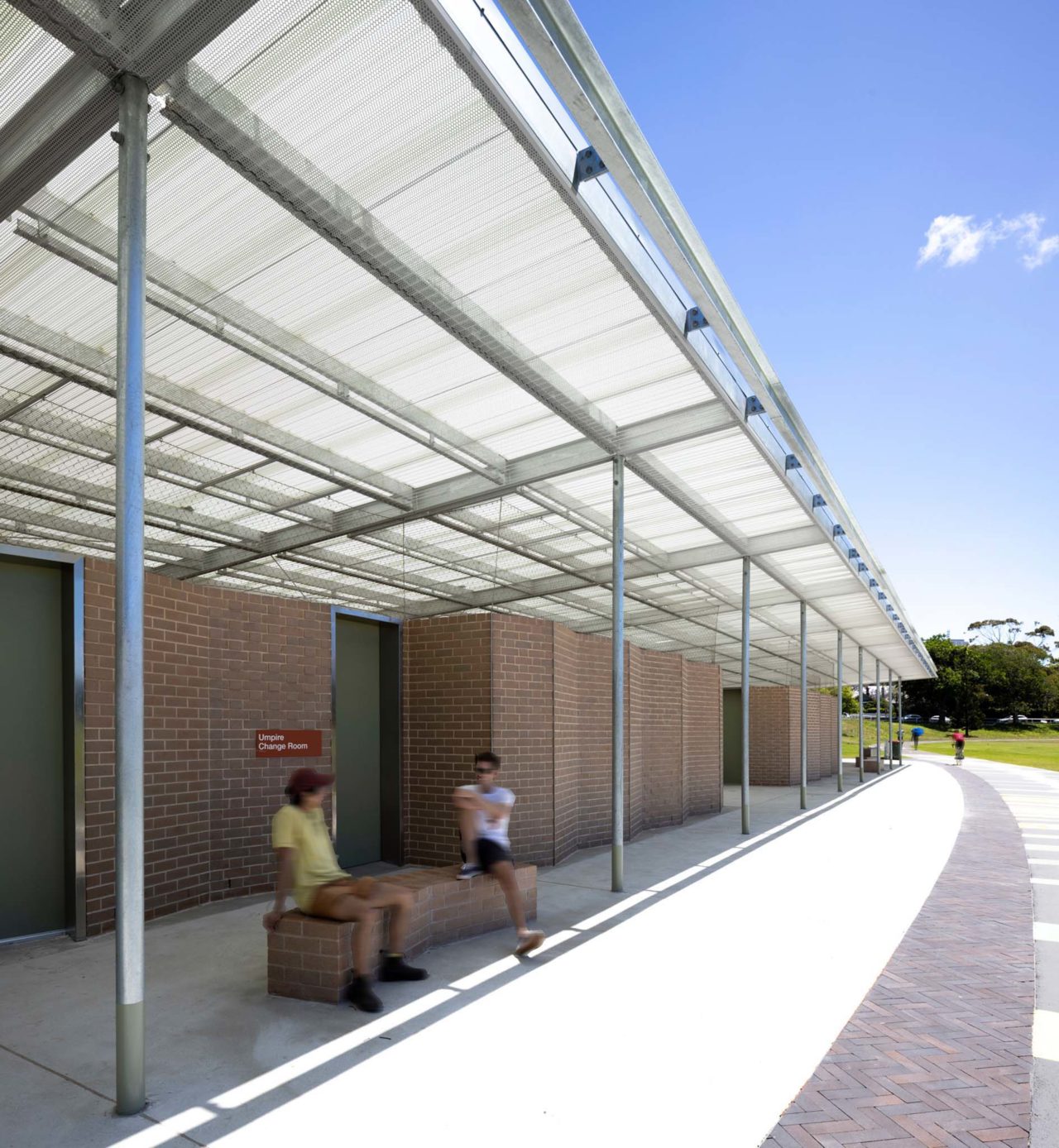
“We have designed quite a few sports pavilions and amenities buildings over the years. Each one presents unique challenges particular to the site and setting. All have high public usage, so both the design and materiality have to be incredibly robust. In Queens Park, there are teenagers with football boots, parents with prams, and cyclists with bikes, all interacting at this one point.”


“We aim to make a connection between the design and the local context – the people or the landscape, the history or the geography – something that is precious or endangered. Highlighting the Eastern Suburbs Banksia Scrub – an endangered ecological community that was once ubiquitous across the sandy stretches of the Eastern Suburbs – is a reference that may not be read by all. Yet, the building form is specific to that place and seems to fit naturally within the park.”

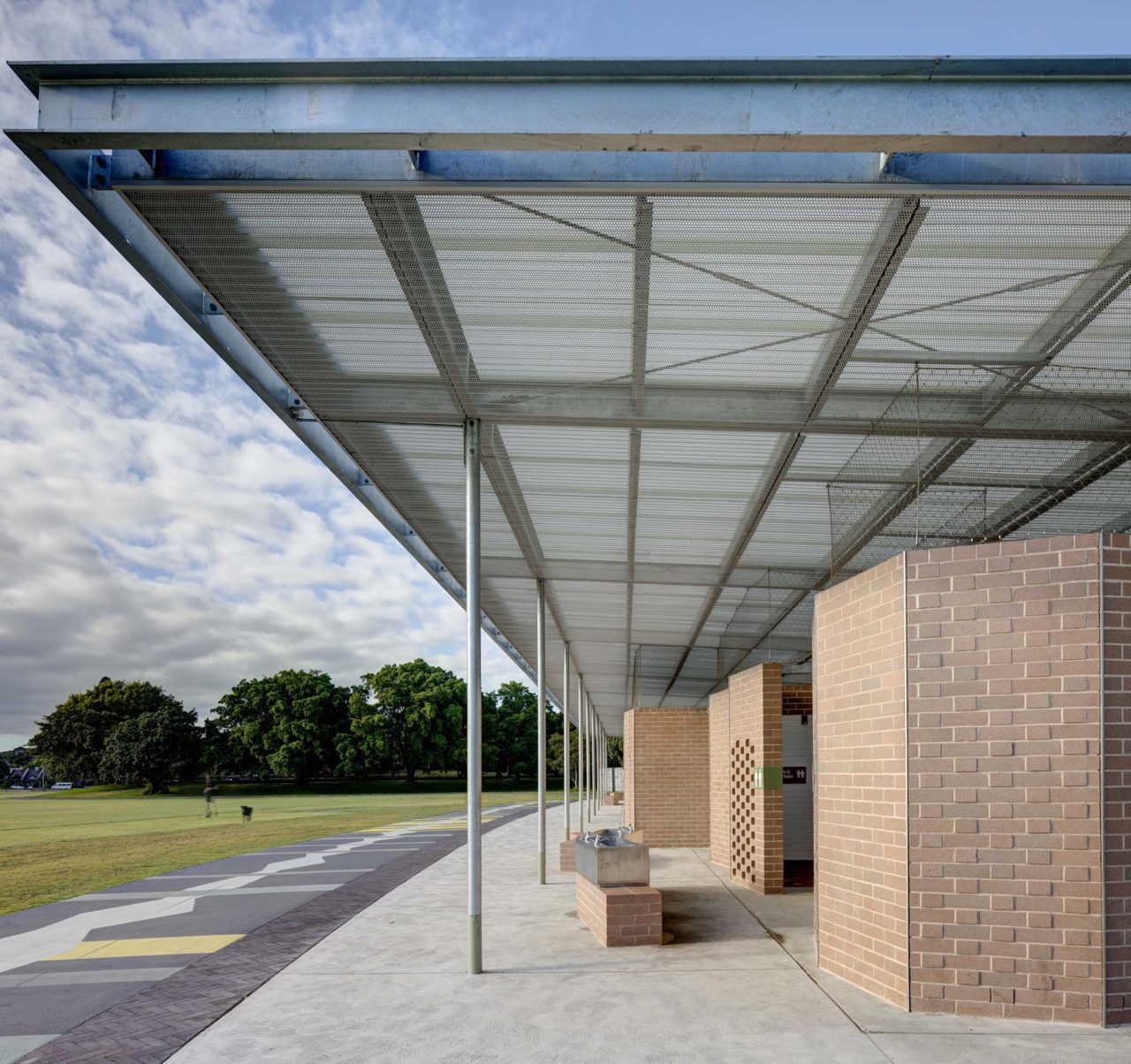
The building sits lightly in the landscape, receding into it through scale, form, material, and color, an aesthetic contribution to the wider Centennial Parklands. Landscaping screens soften the building’s appearance, enhancing the sense of being embedded in the landscape. And of course, more banksia is planted.
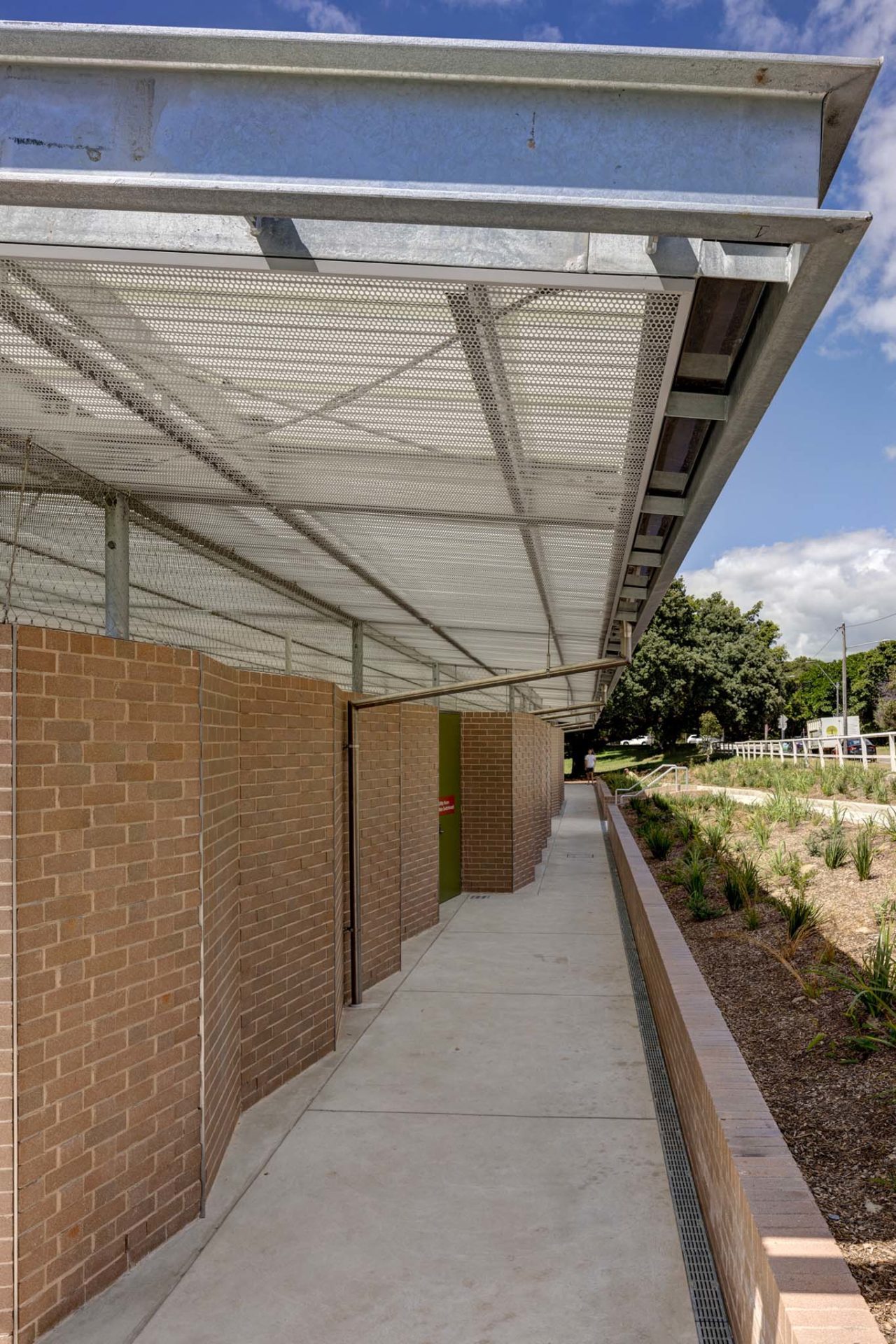
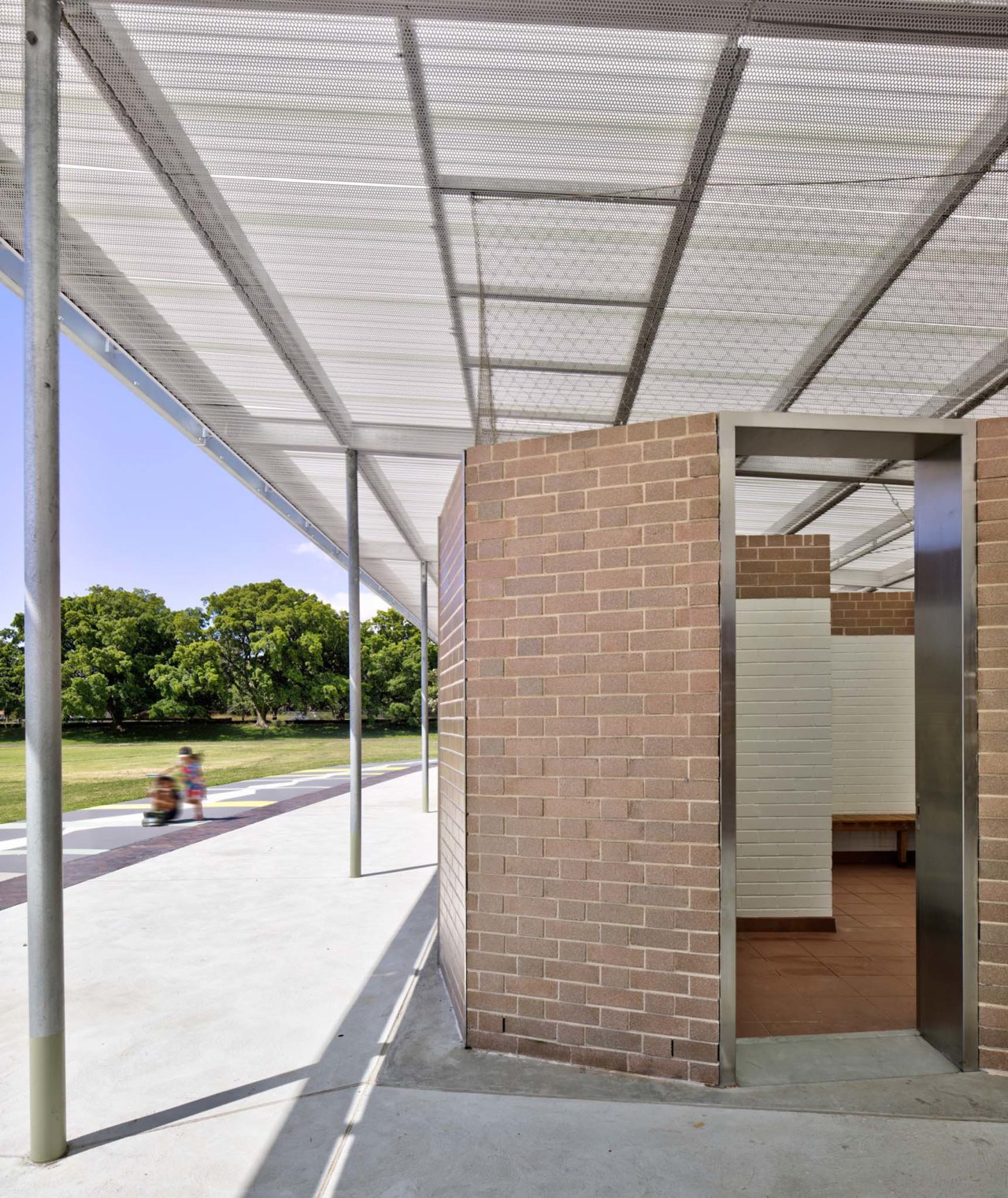
The site is located on the land of the Gadi Peoples of the Eora Nation who traditionally occupied the Sydney coast. Queens Park is a significant and historical recreational area and was established in 1888.
The project description is provided by the architects.




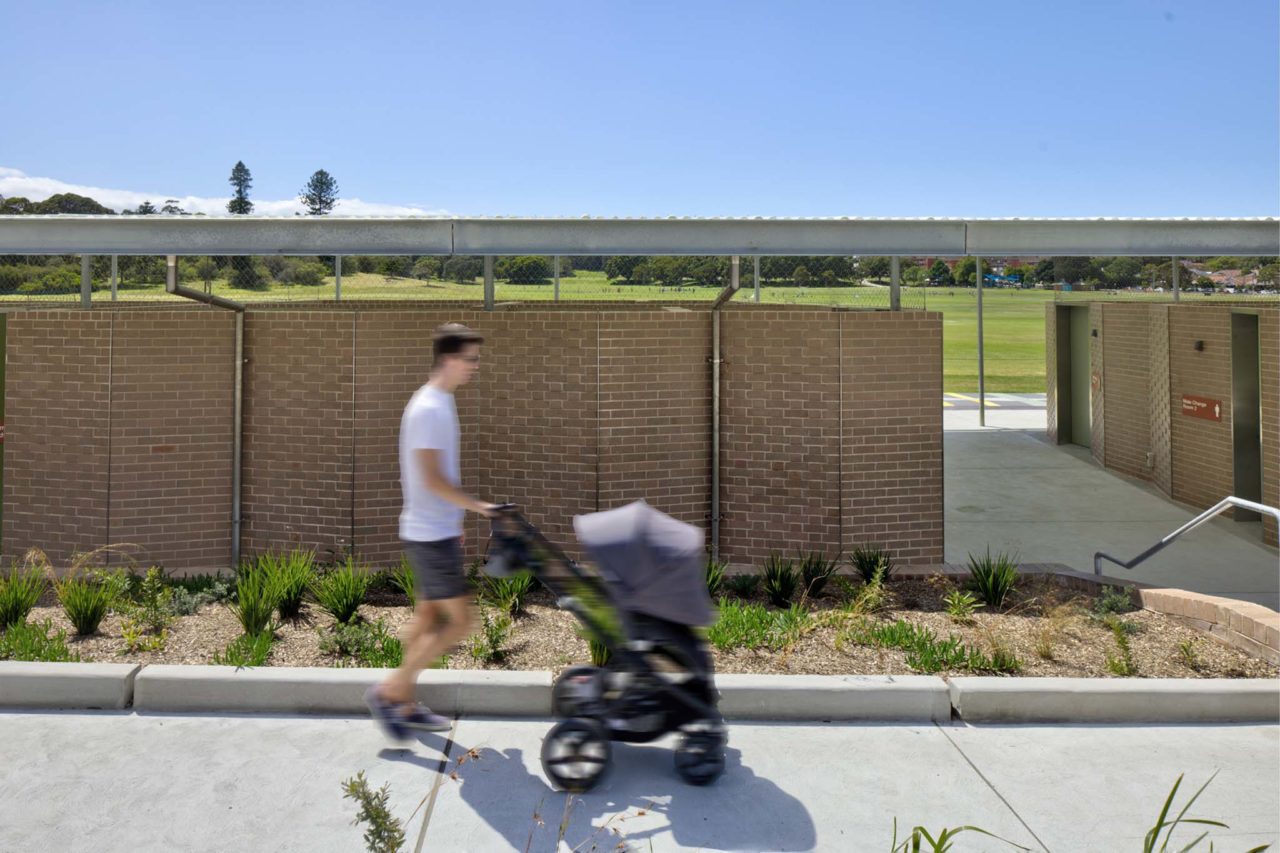

About the Architects:
Sam Crawford Architects
www.samcrawfordarchitects.com.au
SCA is a design-driven architectural practice based in Sydney, Australia. Over the last 20 years, the award-winning practice has established a reputation for design excellence in residential, cultural, public, and educational projects. SCA focuses on seven core principles: People, Place, Purpose, Delight, Efficiency, Sustainability, and Value.
